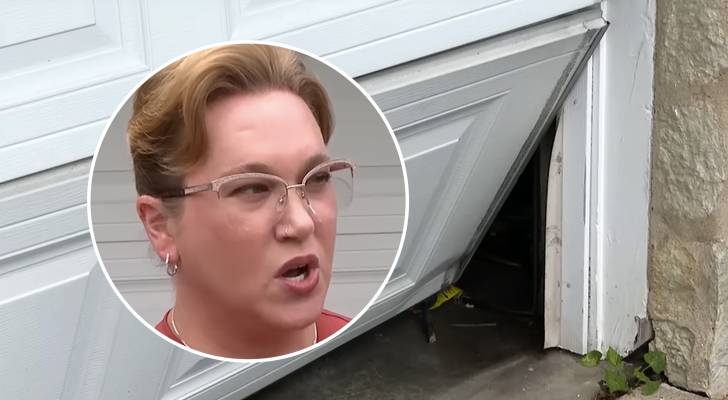The government shutdown is spurring recession fears — and experts say these 6 warning signs are flashing. Are you seeing them?

If you’ve found yourself scrolling resale sites or thinking twice before job-hopping, you’re not alone. Must Read Thanks to Jeff Bezos, you can now become a landlord for as little as $100 — and no, you don’t have to deal with tenants or fix freezers. Here’s how Dave Ramsey warns nearly 50% of Americans are […]
Nearly 1-in-4 married couples don’t have a joint bank account, Census Bureau data shows. What the agency says is behind the separate finances trend

When people get married, they pledge to share a life. But that doesn’t necessarily mean sharing finances. So, how many couples in the U.S. share money? Must Read Thanks to Jeff Bezos, you can now become a landlord for as little as $100 — and no, you don’t have to deal with tenants or fix […]
Forget the 4% rule — it’s now the 4.7% rule, creator Bill Bengen says. But here’s what you need to consider before you start splashing out completely

It seems the 4% rule is now the 4.7% rule. Three decades after financial planner William Bengen came up with a simple yet elegant solution to help clients balance their retirement spending, the creator of the 4% rule has updated this widely suggested practice for modern times. Must Read Thanks to Jeff Bezos, you can […]
My great-aunt left her NYC home to me, but I’m not sure why — especially since I’m across the country in California. Is it crazy to turn it down?

Emma, 35, lives in Los Angeles, and recently learned her late great-aunt bequeathed her a Brooklyn home in her will. The property isn’t worth much, but Emma was thrilled at the prospect of owning New York City real estate, and she was touched that her great-aunt left her anything at all. Then reality set in. […]
Jalen Hurts lives in a $2,000/month rental apartment in New Jersey despite $255 million contract — here’s what you can learn from the Super Bowl MVP

This article adheres to strict editorial standards. Some or all links may be monetized. Although he hit the jackpot with a massive $255 million contract in 2023, Philadelphia Eagles quarterback Jalen Hurts still lives like a humble college student. He rents an apartment in Cherry Hill, New Jersey, for just $2,000 a month, according to […]
Missouri woman offered $18 refund after an Amazon delivery partner busted her garage door, damaged car inside. How she finally won what she was owed

Casey Haggard was expecting a run-of-the-mill Amazon order, but what she got was damage to her home and at least one of her vehicles. According to First Alert 4, the Creve Coeur, Missouri, resident came home from a family vacation on July 7 to a smashed garage door and a note from a delivery driver. […]
Billionaire Tyler Perry just revealed why he cut off his family financially — refused to be ‘welfare’ and made them get jobs. Do you agree?

Tyler Perry is no stranger to making tough decisions. The actor, director and producer, best known for his "Madea" franchise, has strategically created a media empire that turned him into a billionaire, according to Forbes. But in a recent interview that’s making waves online, the 55-year-old entrepreneur revealed that he had to make tough decisions […]
House GOP declares all Biden executive actions ‘null and void,’ because they were signed with autopen — here’s what’s at risk for consumers

The U.S. House of Representatives committee on oversight and government reform recently released a 100-page report titled The Biden Autopen Presidency: Decline, Delusion, and Deception in the White House. In the lengthy document, the committee casts doubts on the legitimacy of every single one of President Biden’s executive actions signed by autopen. In fact, the […]
More younger Americans are turning to warehouse grocery stores like Costco and Sam’s Club. Is buying in bulk the hack to beating high food costs?

Warehouse clubs are having a moment. Shares of Costco and BJ’s have outperformed other retail stocks in recent years, reflecting the outsized success of the club model. Food prices surged after the pandemic, and even as headline inflation cooled, grocery inflation has lingered, pushing shoppers to stretch paychecks and seek lower prices. This has set […]
Stop overpaying for these 5 things ASAP

The price of almost everything – from a carton of eggs to a pound of steak – remains stubbornly high. A Canadian family of four is expected to spend $16,833.67 on food in 2025 — an increase of more than $800 from 2024 grocery costs, according to Canada’s Food Price Report produced by several Canadian […]